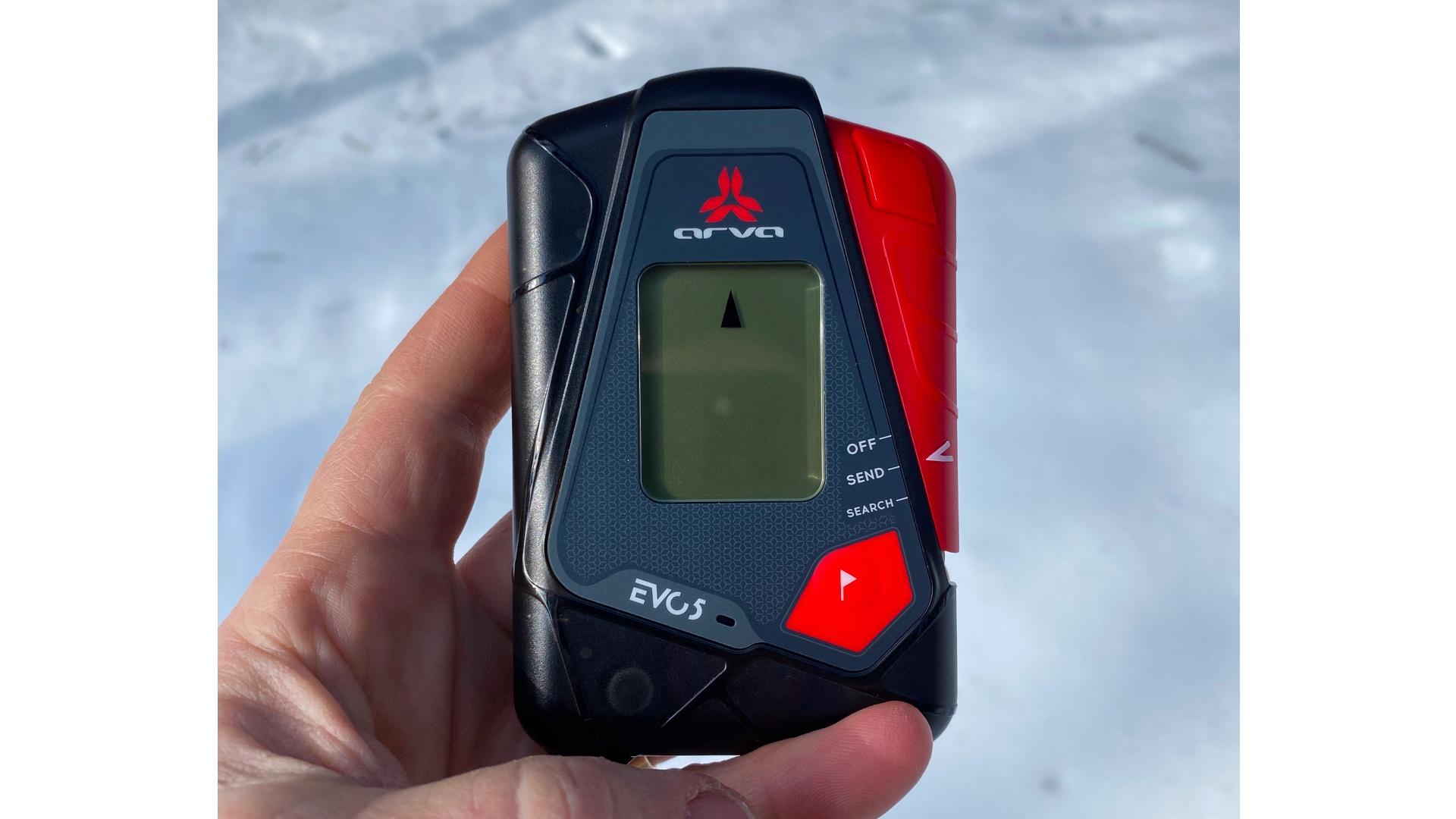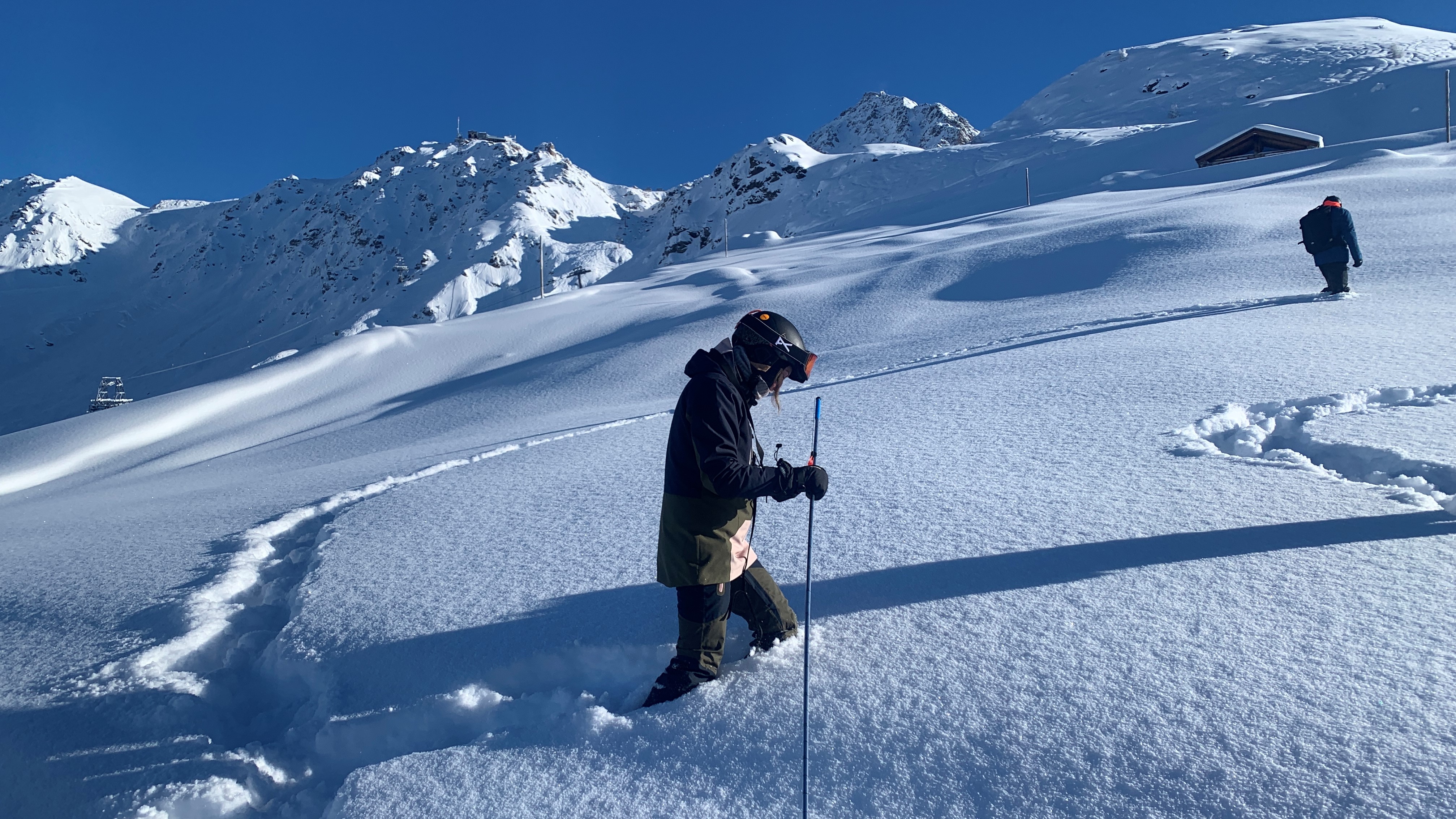Colorado Avalanche Center offers grim recap of last winter as snow season looms again
Colorado led the nation in avalanche danger during the deadly 2022/23 season

With overnight lows reaching freezing in Colorado's high country and more snow on the way by the end of next week in ski areas like Vail and Aspen, state officials are warning of another deadly season ahead.
The Colorado Avalanche Information Center recently published a review of the 2022/32 winter season, which proved one of the worst on record for the state and placed Colorado in the lead for avalanche danger across the country.
The report reveals that last winter saw 5,813 reported avalanches with 11 deaths, four more than the annual average over the previous decade. The CAIC recorded 96 incidents with 122 people caught in avalanches, vastly exceeding the 10-year medians of 56 incidents and 84 people caught. There were 18 avalanches where multiple people were caught.
The first incident of the season took place in the backcountry in October 2022, when a skier triggered a slide in Pitkin County. The first fatality occurred on December 26, when a family of four triggered an avalanche on Berthoud Pass, killing one, and the last was on April 29, when a solo skier was caught and buried in a gully on the east side of Bald Mountain, near Breckenridge.

Of the 11 fatalities, four victims were not carrying avalanche beacons, which can be activated to allow a faster response time from mountain rescue teams.
"We hope the number of multiple-involvement accidents and number of victims not wearing avalanche transceivers are just anomalies and not the sign of a worrisome trend, though this is the second year in a row with similar patterns," write the Center in the release.
The season was largely characterized by abundant snowfall west of the Continental Divide, with eastern areas remaining relatively dry. It's not yet known whether this year will be an El Niño or La Niña year, but while skiers and snowboarders are praying for snow, avalanche safety experts are warning for extra precautions. The CAIC has changed their reporting method to the afternoons with forecasts to cover two days to allow those recreating in the backcountry time to plan.
All the latest inspiration, tips and guides to help you plan your next Advnture!

Avalanche safety
If the weather has been unstable, with lots of snow and wild temperature swings, you should assume that the avalanche risk is higher. High winds can also create avalanche conditions.
If you are heading out into the backcountry on a slope that is 30 degrees or steeper, you are always at risk for an avalanche. The biggest step you can take to keep yourself safe is to take an avalanche safety class where you will learn how to recognize unstable snow, techniques for navigating out of an avalanche once you’re in it and knowing how to use an avalanche beacon and shovel.
Read more in our articles on avalanche safety and what it takes to save a friend from an avalanche.
Julia Clarke is a staff writer for Advnture.com and the author of the book Restorative Yoga for Beginners. She loves to explore mountains on foot, bike, skis and belay and then recover on the the yoga mat. Julia graduated with a degree in journalism in 2004 and spent eight years working as a radio presenter in Kansas City, Vermont, Boston and New York City before discovering the joys of the Rocky Mountains. She then detoured west to Colorado and enjoyed 11 years teaching yoga in Vail before returning to her hometown of Glasgow, Scotland in 2020 to focus on family and writing.

